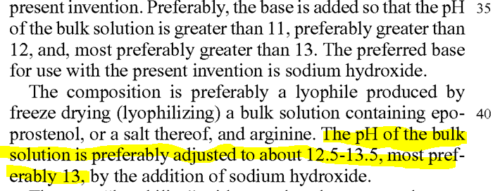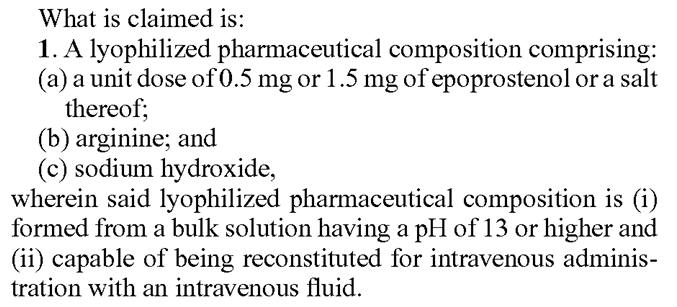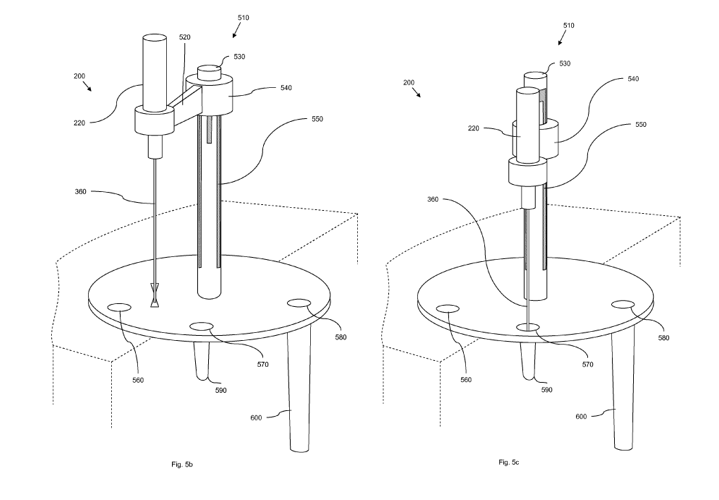by Dennis Crouch
On Nov 8, the US Senate Judiciary IP Subcommittee held a key hearing on the PREVAIL ACT – The “Promoting and Respecting Economically Vital American Innovation Leadership Act.” PREVAIL is a bipartisan proposal from Senators Coons (D-DE) and Tillis (R-NC) who are looking to strengthen the power of patents. The proposal here is directed toward AIA trials — generally attempting to make it more difficult to invalidate patent claims via IPR. Key provisions include:
- Imposing standing requirements to restrict who can file AIA patent challenges.
- Requiring “clear and convincing” evidentiary standard for invalidating claims.
- Broadening estoppel. Challengers must either challenge 102/103 invalidity via PTAB or court, not both (only on prior patents or printed publication grounds).
- Limiting repeat challenges of the same patent.
- Adding additional transparency and safeguards.
Senator Coons opened the hearing, laying out his views on the need for patent reform. He argued that the current system allows large corporations to “weaponize” the PTAB to invalidate patents held by small inventors and startups.
The witnesses were Lamar Smith, former House Judiciary Chair and namesake of the Leahy-Smith America Invents Act (now at Akin Gump); Joe Matal, former interim PTO Director (and until recently at Haynes & Boone), Joe Kiani, Founder and CEO of the medical device company Masimo, and Michelle Armond, partner at Armond Wilson.
Smith and Kiani testified strongly in favor of the PREVAIL Act while Matal and Armond provided support for IPRs largely in their current iteration, although allowing for limited changes.
Any legislation needs a good personal compelling story. Joe Kiani provided that here. Kiani testified that his pulse oximetry technology was copied and patents challenged once he proved that the technology worked. Masimo spent over $13 million defending patents at the PTAB that withstood pre-AIA scrutiny. Kiani argued the AIA’s intent was an efficient second look at patents, not reflexive, duplicative challenges by “opportunistic” big companies to invalidate smaller entities’ rights. Predictable property rights drive investment and innovation, and Kiani endorsed PREVAIL’s reforms for providing more certainty and reducing PTAB abuse. He concluded with a statement that action is needed, otherwise “the United States will continue to cede technological supremacy to China.”
Mr. Smith testified that the PTAB has strayed from its original purpose as an alternative to litigation. He said it has become a tool for infringers to undermine valid patents. He endorsed the PREVAIL Act’s reforms as preserving strong patent rights while still allowing for challenges to bad patents.
Smith similarly testified that IPR proceedings have strayed from their original purposes and have now become an additional tool for “litigation gamesmanship.” Smith endorsed the proposed legislation as supporting smaller companies and individuals against “well-resourced corporations.” “[I]f we lose sight of creating a system that truly rewards investment in innovation, we are really hurting ourselves.”
Matal testified that PTAB proceedings have proven to be timely, cost-effective, and produce accurate patentability results. He cited a study finding the PTAB is affirmed on appeal much more often than district courts due to judges’ technical expertise. Matal argued PREVAIL’s restrictions on PTAB reviews are contrary to the public interest. He opposed limits on serial challenges, saying they could entrench bad examiner decisions. He argued PREVAIL’s standing requirement would prevent beneficial challenges. Matal concluded the PTAB provides reliable review American manufacturers need, saying recent cases like VLSI v. Intel show billions in damages can be awarded on invalid patents absent PTAB access.
Finally, Armond testified that PTAB proceedings have transformed patent litigation over the past decade. She suggested that PREVAIL’s early forum choice requirement and aligned evidentiary standard could advance the goals of efficiency and certainty. However, Armond opposed limits on PTAB access, saying strong patents come from quality examination rather than less scrutiny. She suggested a better area for reforms is to ensure examiner resources and technical training.
The divided views expressed at the hearing reflect the reality that passage of the PREVAIL Act in its current form is unlikely this Congress. While Chairman Coons and Ranking Member Tillis aim for bipartisan patent litigation reform, these issues have entrenched stakeholders on both sides — making any major movement in Congress unlikely.







